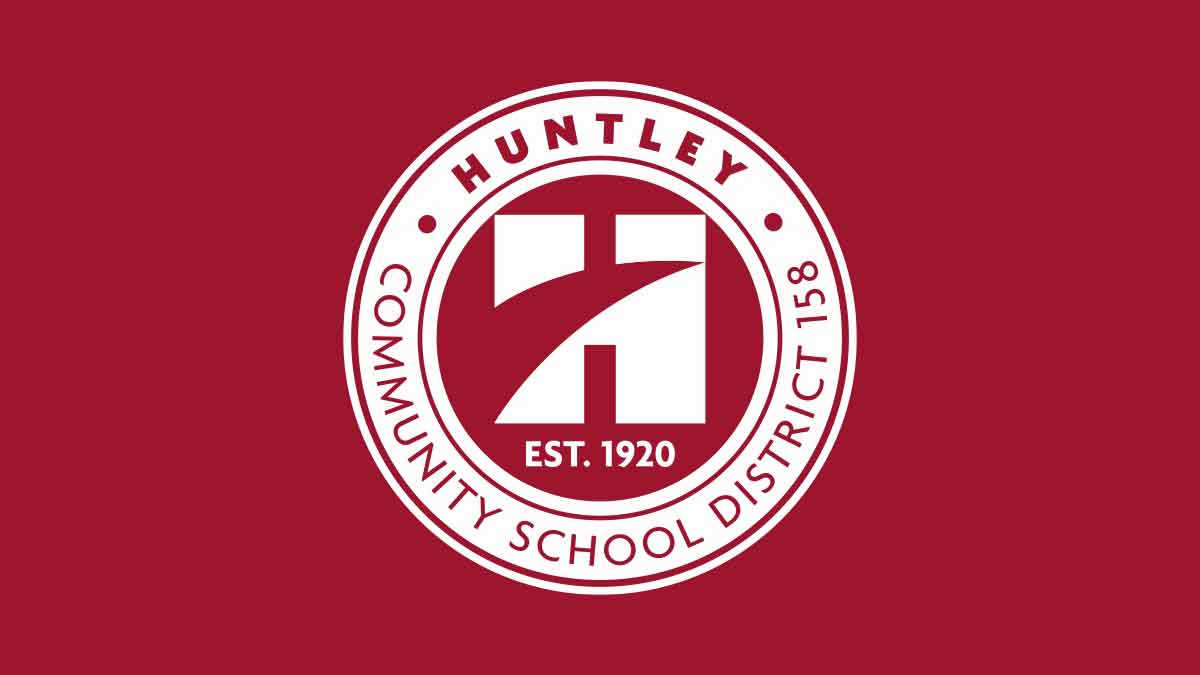Huntley 158’s Dual Language Program is designed to align with the most successful models widely in use across the United States.
In 2018, the District added a kindergarten dual language classroom at each of its three kindergarten buildings, Chesak Elementary, Leggee Elementary, and Mackeben Elementary School, and two 1st-grade classrooms at Chesak Elementary. The program will continue to expand grade-by-grade until fully implemented K-5 in 2023-2024.
Dual Language Models
Our two-way immersion (TWI) classrooms will be made up of approximately half Spanish-speaking students and half English-speaking students. Students have a specially trained bilingual teacher. Both groups of students are integrated for instruction so that both groups of students serve in the role of language model and language learner at different times.
We intend to use the 80/20 model, meaning that at the outset 80% of the time in the kindergarten class will be devoted to instruction in Spanish, with 20% in English. Over time, the amount of time spent in the target language decreases yearly as English increases until there is a 50/50 balance of the languages by 5th grade. This is the intended model.
However, the District also has modeled options including a 50/50 initial model, which could be implemented if dictated by staffing concerns. Both 80/20 and 50/50 models have been found to effectively achieve the goals of bilingualism and biliteracy. However, the 80/20 model has been shown to create higher levels of bilingualism.
For native English speakers, two-way bilingual immersion programs are not replacing English with another language, but rather provide them the opportunity to acquire a second language. Two-way bilingual immersion programs are additive programs in that a second language is acquired while maintaining the first language of the students.
Curriculum
The Dual Language program does not follow a separate curriculum. District 158’s Language Arts, Math, Science and Social Studies is taught in all classrooms across the district. The students in Dual Language are instructed using the same curriculum as the general education students. Dual Language programs have high academic expectations for all students. The only difference is that the concepts are taught in two languages.
Assessments
We will use assessments and benchmarking tools similar to those used in monolingual classrooms. In addition, we will use tools to identify the language proficiency of our students in both languages.
Research indicates that, overall, both English language learners and native English speakers scored at comparable or superior levels compared to same-language peers in other educational settings.
On norm-referenced standardized tests of reading and math achievement in English, native English speakers in Dual Language settings tend to outscore their English-only peers. English language learners who had learned English in a Dual Language program score significantly higher than their English language learning peers in other kinds of programs.
Content Allocation
In K-2, students study Math and Social Studies in Spanish while other subjects are in English. In grade 3 through 5, this is reversed. Literacy is integrated seamlessly with content in both Spanish and English classes.
Staffing
One teacher who is proficient in the Spanish and English will lead each classroom. However, team teaching for the language blocks of instruction, especially in the primary (kindergarten through second) grades, could be encouraged so that students identify with a target language speaking model and an English-speaking model.
Dual Language teachers must be Highly Qualified and be certified in elementary education. Many teachers also have additional training in teaching English As a Second Language or World Language. They also receive specialized professional development in pedagogy for dual language education and biliteracy.
Huntley 158 has openings for teachers for the Dual Language program. Individuals interested in applying can find more information at huntley158.org/dual-language/join-our-team/.
